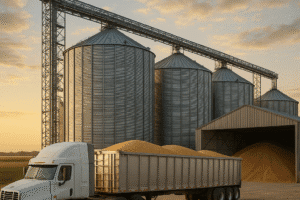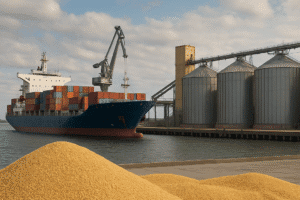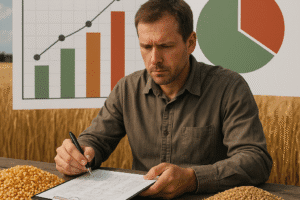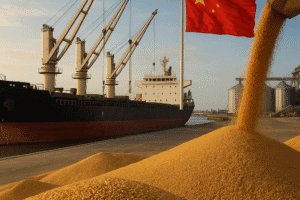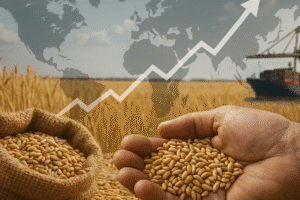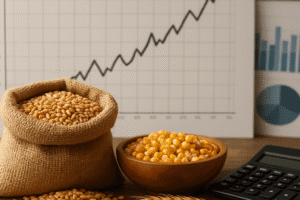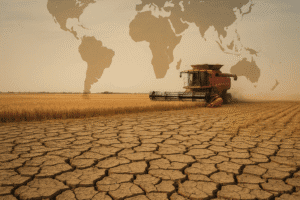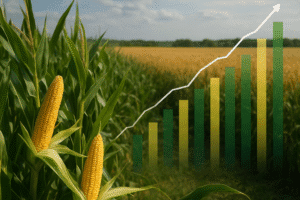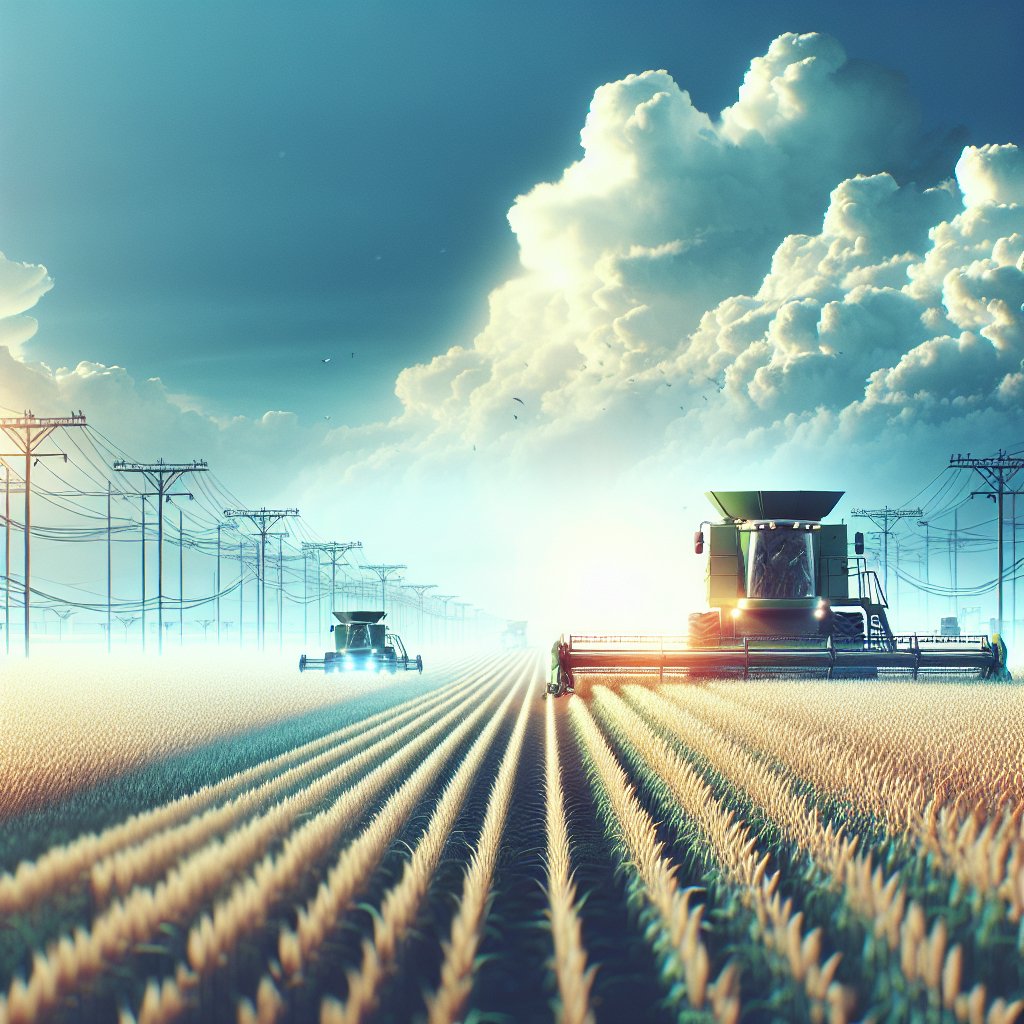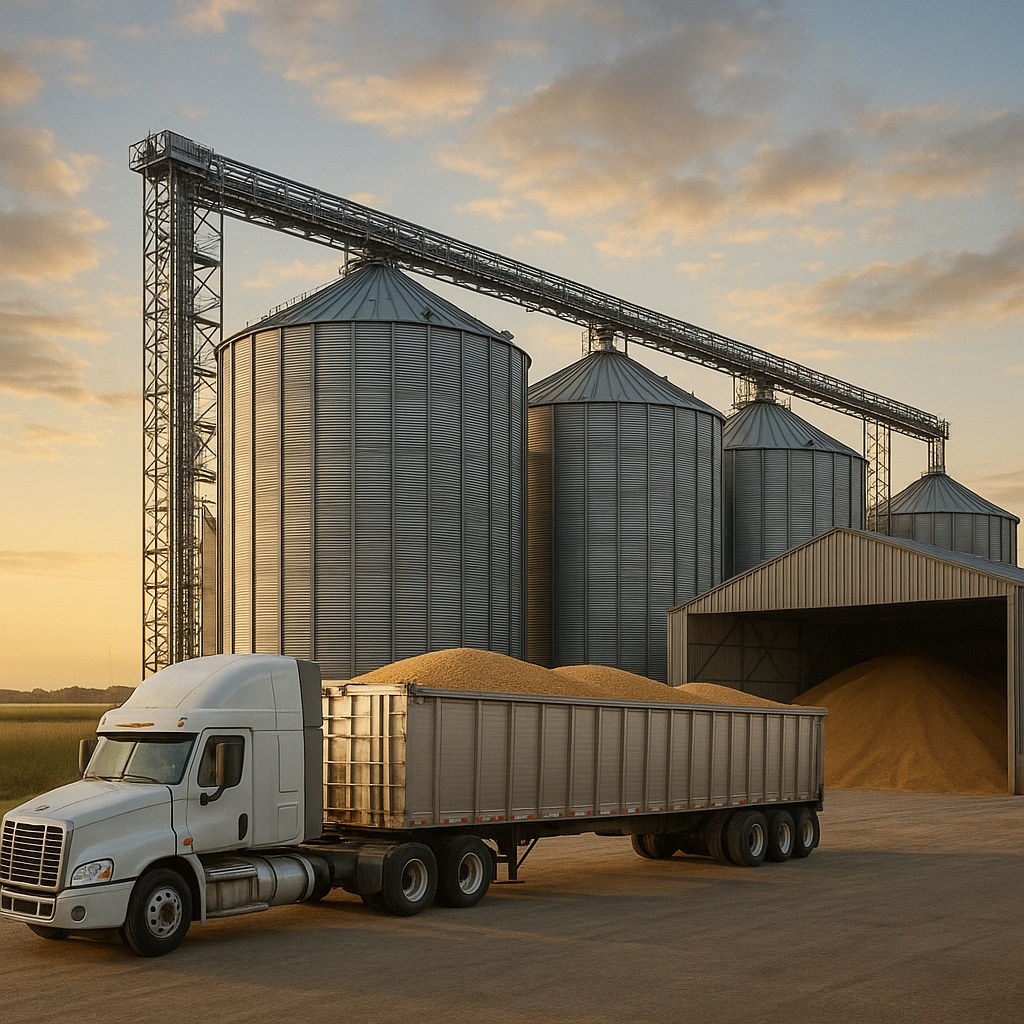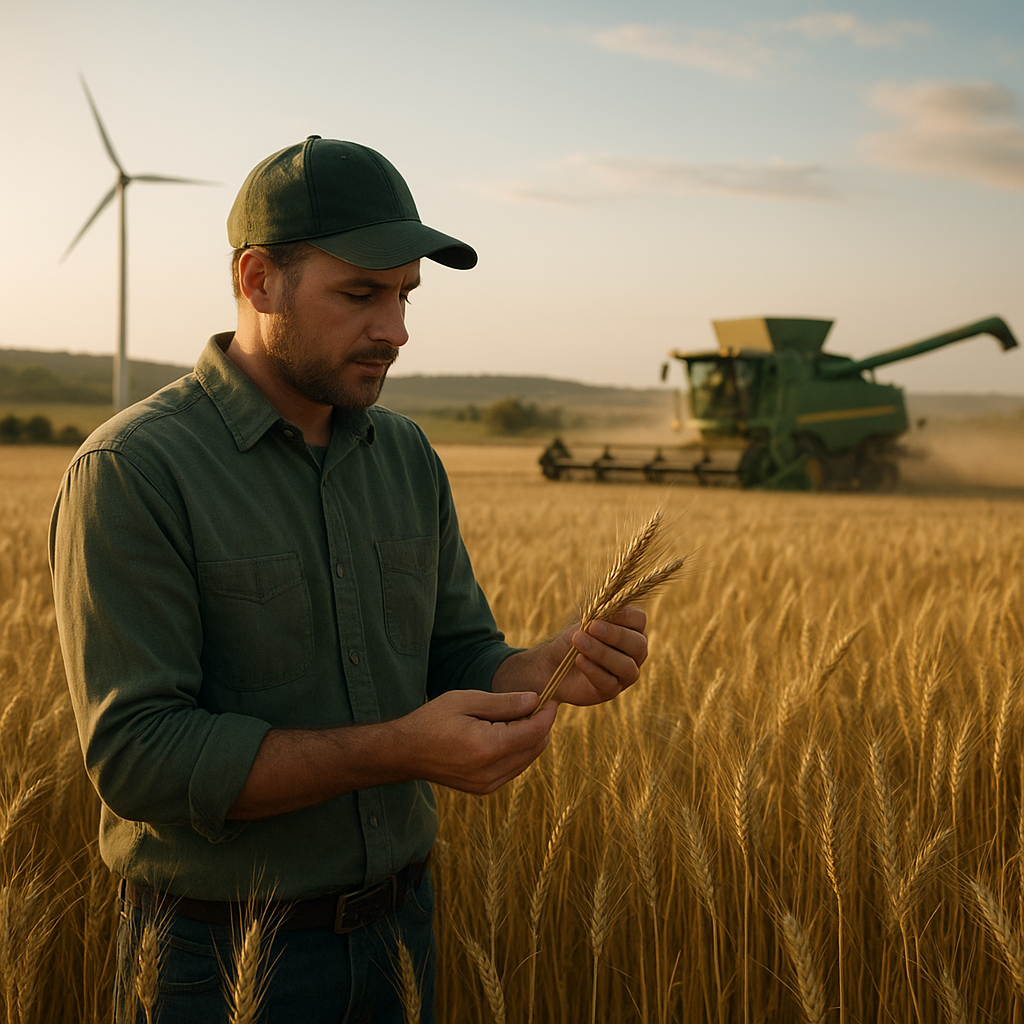How Precision Agriculture Boosts Grain Yields explores the transformative impact of modern technology on grain production. As the global population continues to rise, the demand for food, particularly grains, has never been higher. Precision agriculture, a farming management concept that uses information technology to ensure that crops and soil receive exactly what they need for optimum health and productivity, is revolutionizing the way farmers approach grain cultivation. This article delves into the various techniques and technologies involved in precision agriculture and their significant contributions to enhancing grain yields.
The Fundamentals of Precision Agriculture
Precision agriculture is rooted in the idea of maximizing efficiency and minimizing waste. By utilizing data-driven approaches, farmers can make informed decisions that lead to better crop management. This section will cover the key components of precision agriculture, including data collection, analysis, and application.
Data Collection Techniques
Data collection is the cornerstone of precision agriculture. Farmers employ various technologies to gather information about their fields, including:
- Remote Sensing: Drones and satellites equipped with sensors can capture high-resolution images of fields, allowing farmers to monitor crop health, soil conditions, and moisture levels.
- Soil Sampling: Regular soil tests help determine nutrient levels, pH, and organic matter content, enabling farmers to tailor their fertilization strategies.
- Weather Stations: On-site weather stations provide real-time data on temperature, humidity, and precipitation, which are crucial for making timely decisions regarding planting and harvesting.
- Yield Monitors: These devices, installed on harvesting equipment, track the amount of grain harvested from different areas of a field, providing insights into yield variability.
Data Analysis and Interpretation
Once data is collected, the next step is analysis. Farmers use specialized software to interpret the data, identifying patterns and trends that inform their agricultural practices. Key aspects of data analysis include:
- Geographic Information Systems (GIS): GIS technology allows farmers to visualize data on maps, making it easier to identify areas of concern and opportunities for improvement.
- Variable Rate Technology (VRT): VRT enables farmers to apply inputs like fertilizers and pesticides at variable rates across a field, ensuring that each area receives the appropriate amount based on its specific needs.
- Predictive Analytics: By analyzing historical data, farmers can forecast future yields and make proactive decisions to mitigate risks associated with weather and pests.
Technological Innovations Driving Grain Yields
Technological advancements play a crucial role in the success of precision agriculture. This section will explore some of the most impactful innovations that are helping farmers boost grain yields.
GPS and Mapping Technologies
Global Positioning System (GPS) technology has revolutionized farming practices. With GPS, farmers can create detailed maps of their fields, allowing for precise application of inputs. Key benefits include:
- Accurate Field Mapping: Farmers can identify variations in soil type, moisture levels, and crop health, enabling targeted interventions.
- Efficient Resource Use: By applying fertilizers and pesticides only where needed, farmers can reduce costs and minimize environmental impact.
- Improved Harvesting: GPS-guided machinery can optimize harvesting routes, reducing fuel consumption and time spent in the field.
Automation and Robotics
The rise of automation and robotics in agriculture is another game-changer. Automated machinery can perform tasks with precision and efficiency, leading to higher yields. Some notable advancements include:
- Autonomous Tractors: These self-driving machines can operate around the clock, planting and harvesting crops with minimal human intervention.
- Robotic Weeders: Robots equipped with advanced sensors can identify and remove weeds without harming crops, reducing the need for chemical herbicides.
- Precision Planters: These machines can plant seeds at optimal depths and spacing, ensuring better germination rates and crop uniformity.
Data-Driven Decision Making
With the wealth of data available, farmers can make informed decisions that directly impact grain yields. Data-driven decision-making involves:
- Customized Fertilization Plans: By analyzing soil nutrient levels, farmers can create tailored fertilization plans that enhance crop growth while minimizing waste.
- Integrated Pest Management (IPM): Data on pest populations and crop health allows farmers to implement IPM strategies, reducing reliance on chemical pesticides.
- Crop Rotation and Diversification: Data analysis can inform crop rotation strategies that improve soil health and reduce disease pressure, ultimately leading to higher yields.
Challenges and Future Directions
While precision agriculture offers numerous benefits, it is not without challenges. This section will discuss some of the obstacles farmers face and the future directions of precision agriculture.
Barriers to Adoption
Despite the advantages of precision agriculture, many farmers encounter barriers to adoption, including:
- High Initial Costs: The investment required for technology and equipment can be prohibitive, especially for small-scale farmers.
- Technical Expertise: Farmers may lack the necessary skills to effectively use advanced technologies and interpret data.
- Data Management: The sheer volume of data generated can be overwhelming, and farmers may struggle to manage and analyze it effectively.
Future Trends in Precision Agriculture
Looking ahead, several trends are likely to shape the future of precision agriculture:
- Increased Use of Artificial Intelligence (AI): AI algorithms can analyze vast amounts of data quickly, providing farmers with actionable insights and recommendations.
- Integration of Internet of Things (IoT): IoT devices can provide real-time monitoring of field conditions, enabling farmers to respond promptly to changes.
- Sustainability Focus: As environmental concerns grow, precision agriculture will increasingly emphasize sustainable practices that protect natural resources while maximizing yields.
In conclusion, precision agriculture is a powerful tool that can significantly boost grain yields. By leveraging data, technology, and innovative practices, farmers can optimize their operations and meet the growing global demand for food. As the industry continues to evolve, overcoming challenges and embracing new technologies will be essential for the future of grain production.
